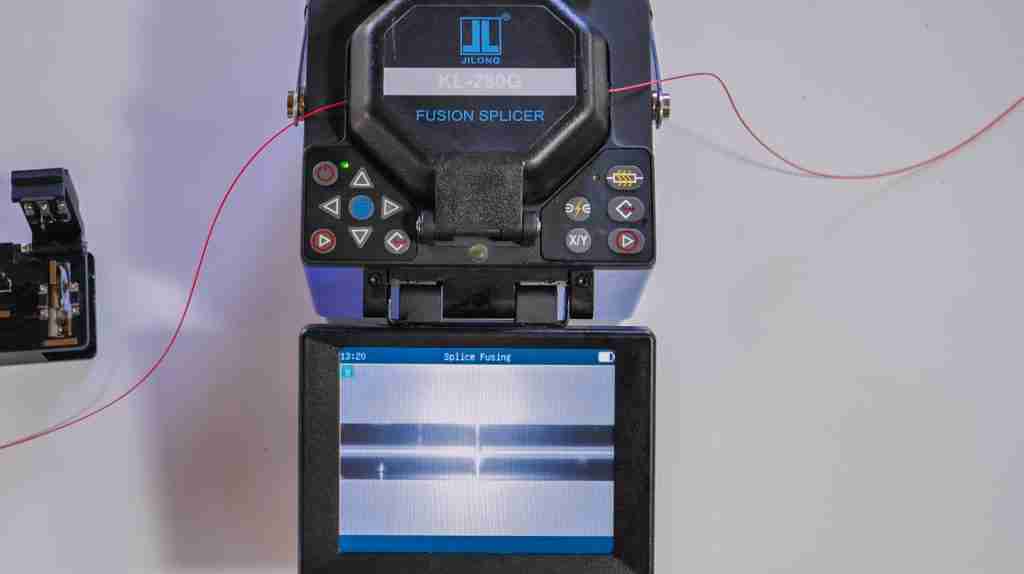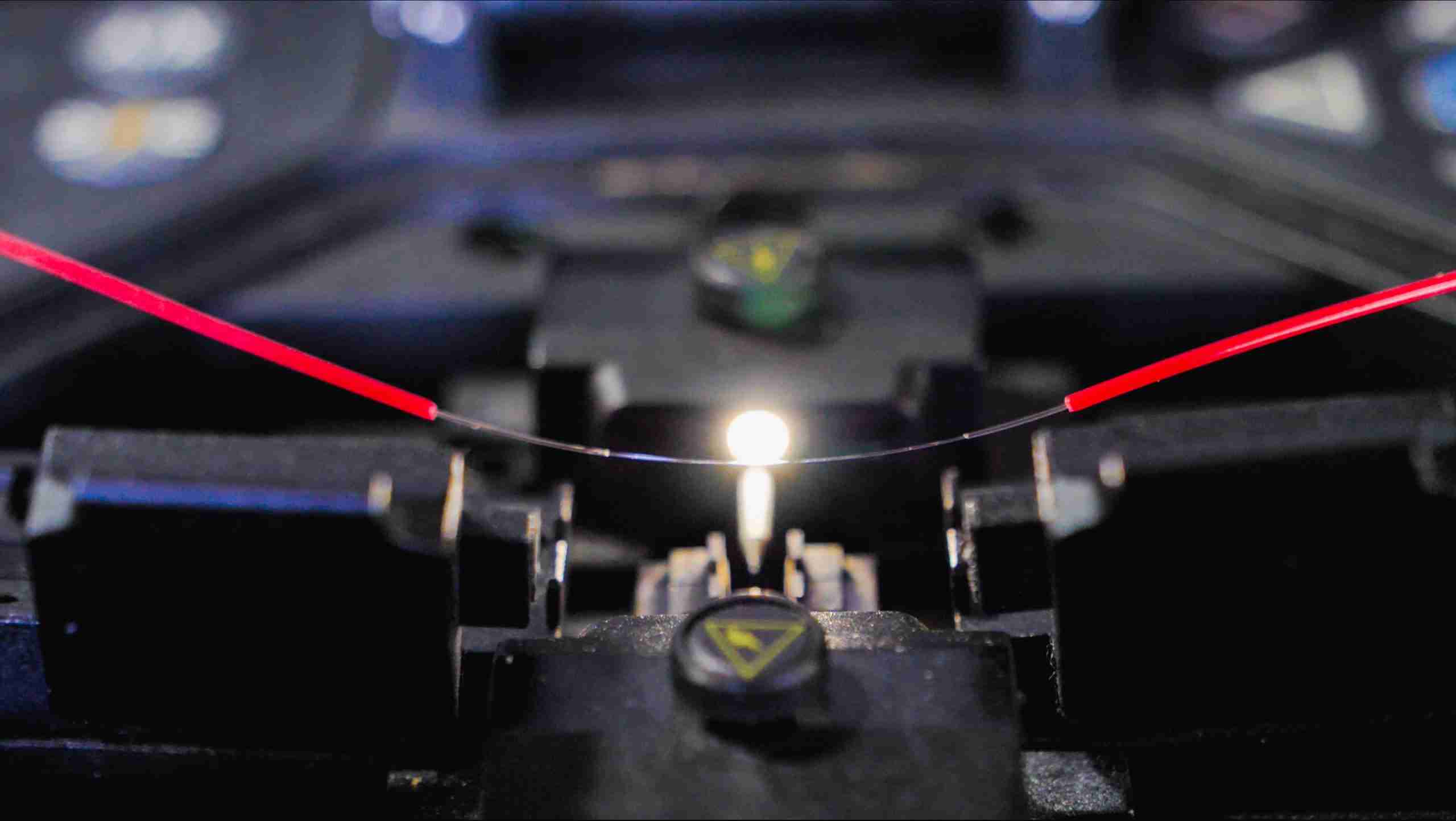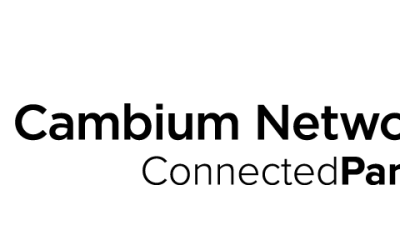Which is the Right Choice for Your Commercial Premises?
It’s crucial to choose the right type of cabling for your communication projects. Structured cabling is essential for horizontal cabling, while fibre optic cabling is crucial for backbone connections. In this article, Guztech experienced team will explore the pros and cons of both cabling solutions for commercial premises in Australia.
Horizontal Cabling in Communications Projects
Structured cabling is the basis of any communication network. It is a standardised approach to cabling that allows for seamless connectivity between devices. In a horizontal cabling system, all cables are organised in a structured manner, making it easy to manage and troubleshoot.
Horizontal cabling is the term used to describe the cabling that connects devices on the same floor of a building. This type of cabling is essential for any commercial premises as it allows for the transmission of data and information between devices.
Horizontal cabling is typically done using copper cabling. Copper cabling has been the industry standard for many years and is still widely used today. It is cost-effective, easy to install and maintain, and has a low error rate.
Backbone Cabling in Communications Projects
Backbone connections are the cabling that connects different floors or buildings within a commercial premises. This type of cabling is essential for transmitting data and information between different areas of a building or campus.
Fibre optic cabling is the preferred choice for backbone connections due to its ability to transmit data at higher speeds over longer distances than copper cabling. Fibre optic cabling uses light to transmit data, which means it is less susceptible to interference than copper cabling.
In addition to its speed and reliability, fibre optic cabling is also more secure than copper cabling. Copper cabling can be easily tapped into, whereas fibre optic cabling requires special equipment and knowledge to intercept.
Pros and Cons of Comms Cabling for Commercial Premises in Australia
When choosing the best cabling solution for your commercial premises in Australia, there are a few pros and cons to consider.
Copper cabling is still widely used and is the more cost-effective option. It is also easy to install and maintain, making it a popular choice for many businesses. However, copper cabling is limited in its capacity and is not ideal for high-speed data transmission over long distances.
Fibre optic cabling, on the other hand, is more expensive than copper cabling. However, its speed and reliability make it the preferred choice for backbone connections in communication projects. Fibre optic cabling is also more secure than copper cabling, making it ideal for businesses that require high levels of security.

Challenges When Implementing Fibre Optic Solutions
It is also important to understand the potential challenges related to fibre optic cables which are typically manufactured in standard lengths. This may not always be sufficient for connecting different areas within a commercial premises. In such cases, fibre splicing is required to join multiple fibre optic cables together, allowing for the desired length and connectivity.
Fibre splicing can be performed either through fusion splicing or mechanical splicing techniques. Fusion splicing involves melting and fusing the fibre ends together using an electric arc, creating a seamless and low-loss connection. On the other hand, mechanical splicing involves aligning and securing the fibre ends using connectors or mechanical devices. Both methods have their advantages and considerations, such as cost, ease of installation, and durability.
It’s worth noting that fibre splicing requires specialised tools and expertise to ensure accurate alignment and minimise signal loss. Therefore, it’s essential to work with experienced professionals like the Guztech team to ensure the proper implementation of fibre splicing techniques, resulting in reliable and efficient backbone connections.
Conclusion
In conclusion, choosing the right type of cabling for your communication project is crucial. Horizontal cabling should be done using copper cabling, while fibre optic cabling is ideal for backbone connections. By understanding the pros and cons of both cabling systems, you can make an informed decision that meets your business’s specific needs. Contact our experienced Guztech team today for any communication project needs.






